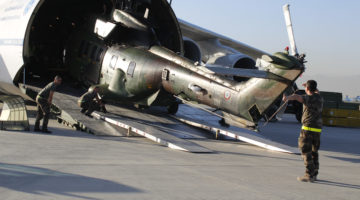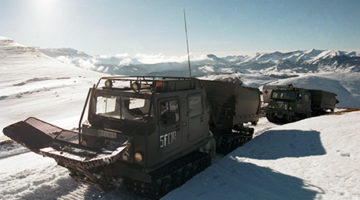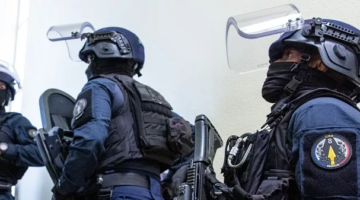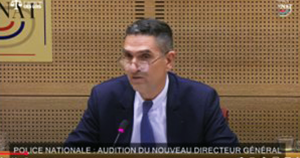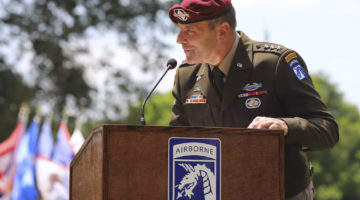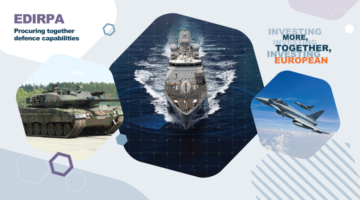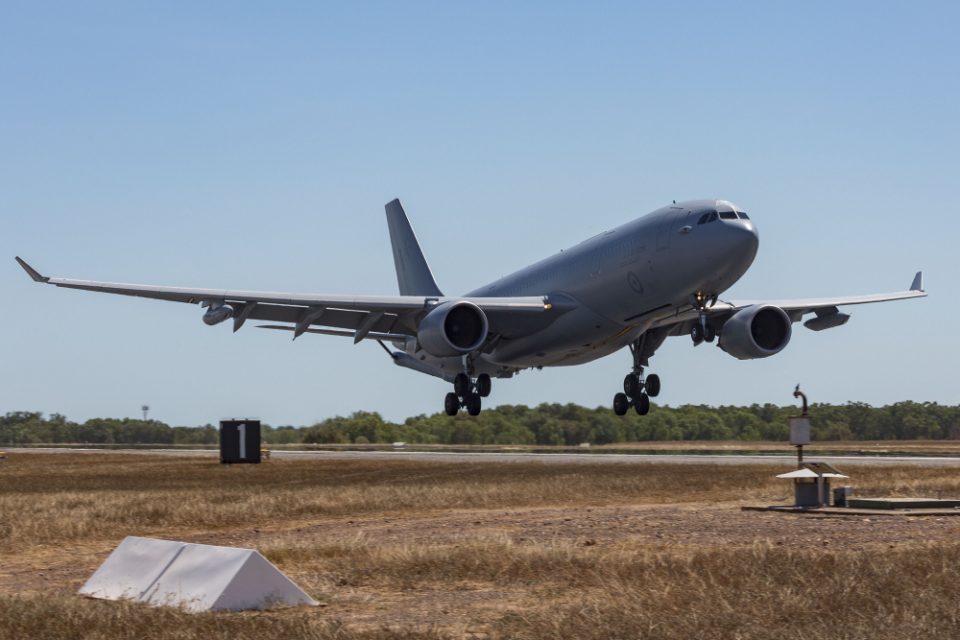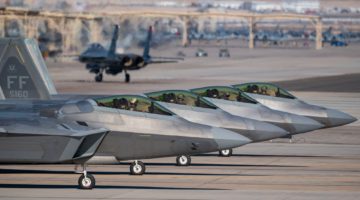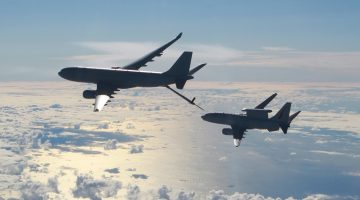(Source: Second Line of defense) – The Aussie Tanker Achieves A New Milestone: An Update From the 86th Wing Commander
Recently, the Australian KC-30A Multi-Role Tanker fleet has now been flown more than 20,000 flying hours. The milestone was reached on a mission from Yokota Air Base in Japan to Kuala Lumpur in Malaysia on October 19, 2016.
According to the Australian Ministry of Defence:
Wing Commander Rob Williams, the Commanding Officer of No. 33 Squadron, said this was a memorable achievement for the Royal Australian Air Force.
“Each person involved with the KC-30A, from the transition into service to our achievement of 20,000 flying hours, should be proud of being a part of the KC-30A story,” Wing Commander Williams said.
“The milestone was reached on an international flight supporting two completely different missions, which further demonstrates the value of the aircraft.
“The KC-30A has transformed and enhanced the global reach of the ADF and will continue to mature in its role and application in the years to come.”
The Air Force has five KC-30A aircraft in service operated by No. 33 Squadron from RAAF Amberley in South East Queensland. The aircraft was first flown by Air Force in September 2011. KC-30A aircraft continue a high tempo of operations participating most recently in Exercise PITCH BLACK where it performed as a force multiplier conducting air-to-air refuelling for numerous fighter aircraft.
Throughout its 20,000 flying hours, the KC-30A fleet has achieved a number of firsts including a record for the number of passengers carried on an Air Force aircraft; 220 cadets from the Australian Defence Force Academy in March 2012.
The KC-30A’s most well known deployment is Operation OKRA in the Middle East Region. The aircraft has provided over 36 million litres of fuel to Australian and coalition aircraft. The KC-30A is fitted with two forms of air-to-air refuelling systems — an Advanced Refuelling Boom System mounted on the tail of the aircraft and a pair of refuelling pods underneath each wing. These systems are controlled by an Air Refuelling Operator in the cockpit, who can view refuelling on 2D and 3D screens. (…)


